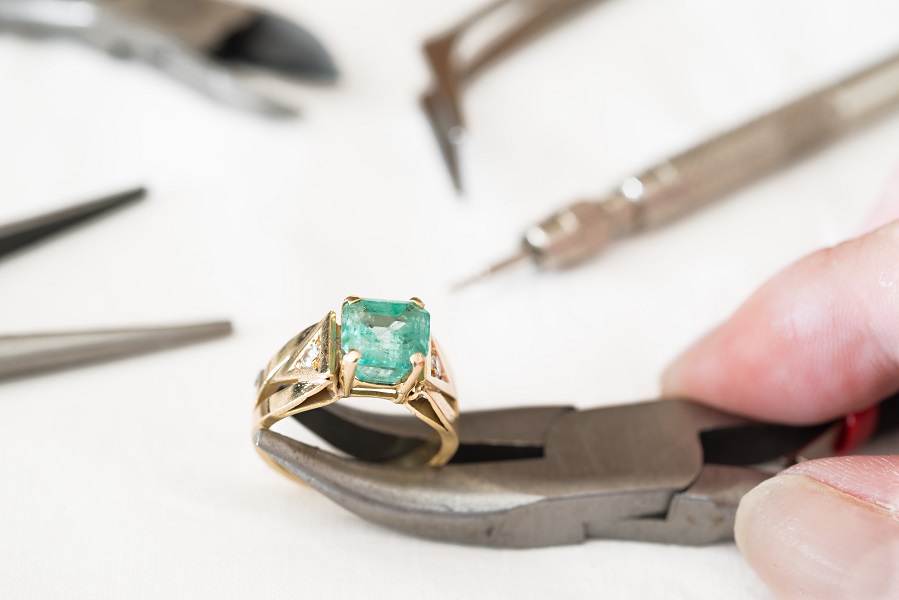
1. Define the Purpose of the Piece
Before diving into the design process, clearly define what the custom piece represents. Is it a celebration of an important milestone, like an anniversary or graduation? Perhaps it’s a memorial piece to honor a loved one, or a personal talisman to symbolize a personal achievement or journey. Understanding the purpose will guide your design choices and ensure the jewelry resonates with its intended meaning.
2. Choose a Design That Reflects Personal Style
Custom jewelry should reflect the wearer’s personal style and aesthetic preferences. Consider the types of jewelry that the recipient wears regularly. Do they prefer minimalist designs, or are they drawn to bold, statement pieces? Selecting a style that aligns with their existing wardrobe will ensure the piece is not only appreciated but also worn frequently.
3. Incorporate Personal Symbols and Meanings
One of the most impactful ways to add significance to custom pieces is through the incorporation of symbols, initials, or meaningful dates. These can be subtly integrated into the design through engravings, custom cutouts, or even the strategic placement of gemstones. For example, birthstones can be used to represent members of a family, or specific symbols can be included to reflect personal or spiritual beliefs.
4. Select High-Quality Materials
The choice of materials contributes significantly to the overall appeal and longevity of custom jewelry. Opt for high-quality metals and gemstones that will stand the test of time. Not only do these materials add to the beauty of the piece, but they also ensure that it remains a durable and lasting symbol of whatever it represents.
5. Work with a Reputable Jeweler
Choosing the right jeweler is crucial in the jewelry-making process. Look for a professional with experience in custom designs, who can provide guidance and insight throughout the design process. Check their portfolio for styles similar to what you envision and read reviews to ensure their craftsmanship is of high quality and that they have a good track record with customer satisfaction.
6. Consider the Practicality of the Design
While aesthetic appeal is important, practicality is equally crucial. Consider how often and in what contexts the jewelry will be worn. Everyday pieces should be designed to withstand regular use, with comfort in mind, whereas more elaborate designs can be reserved for occasional wear. Ensure the design suits the lifestyle of the wearer to enhance its usability and enjoyment.
7. Plan for Future Adaptability
When designing custom jewelry, consider how the piece might be adapted or expanded in the future. For instance, additional elements could be added to mark future milestones, or the design could be set up to allow for modifications as the wearer’s style evolves. This foresight can add even greater value and versatility to the piece over time.
Crafting Lasting Memories
Creating custom jewelry is a unique opportunity to craft a piece that carries deep personal meaning and showcases individual style. By following these seven tips, you can ensure that the process is not only successful but also enjoyable, resulting in jewelry that is both beautiful and rich in significance. Custom pieces are more than just accessories; they are treasured keepsakes that can be loved and passed down through generations.
Empowering Fashion: 12 Style Choices for Women Over 50
16 Fashion Statements from the 60s That Would Seem Outlandish to Today’s Trendsetters


No Comments yet!